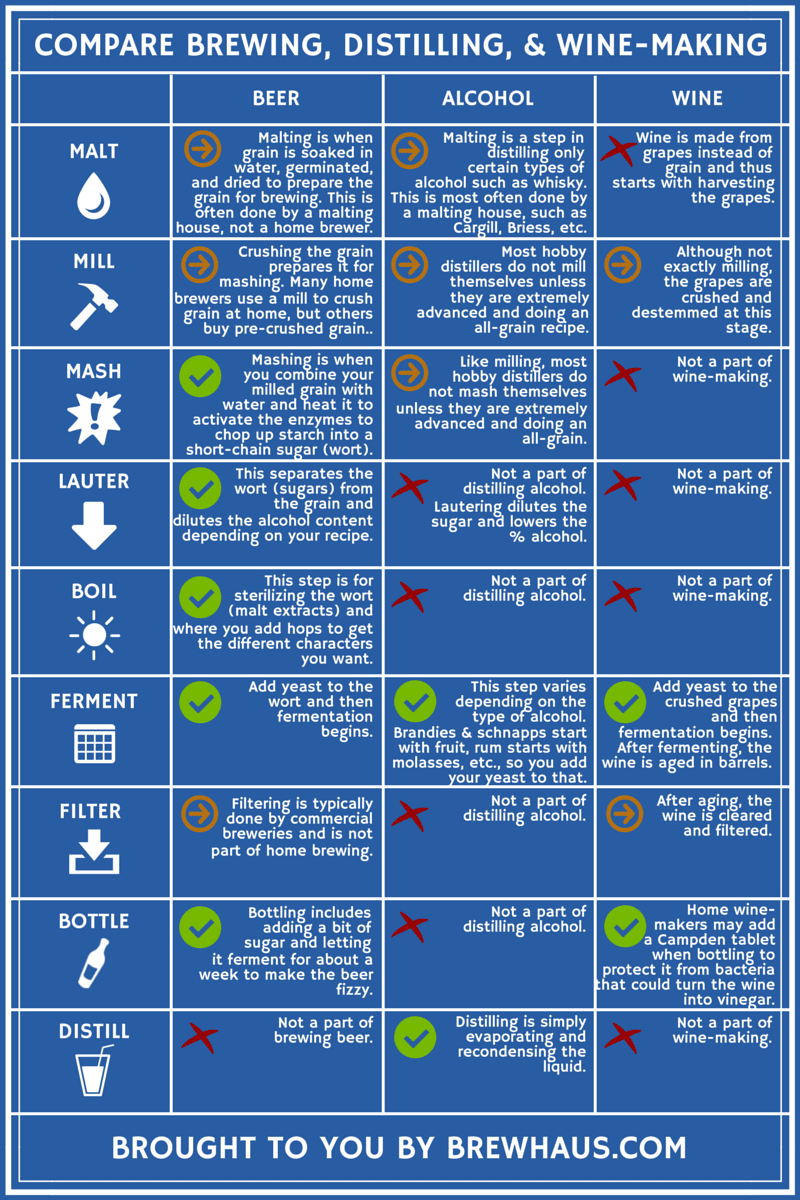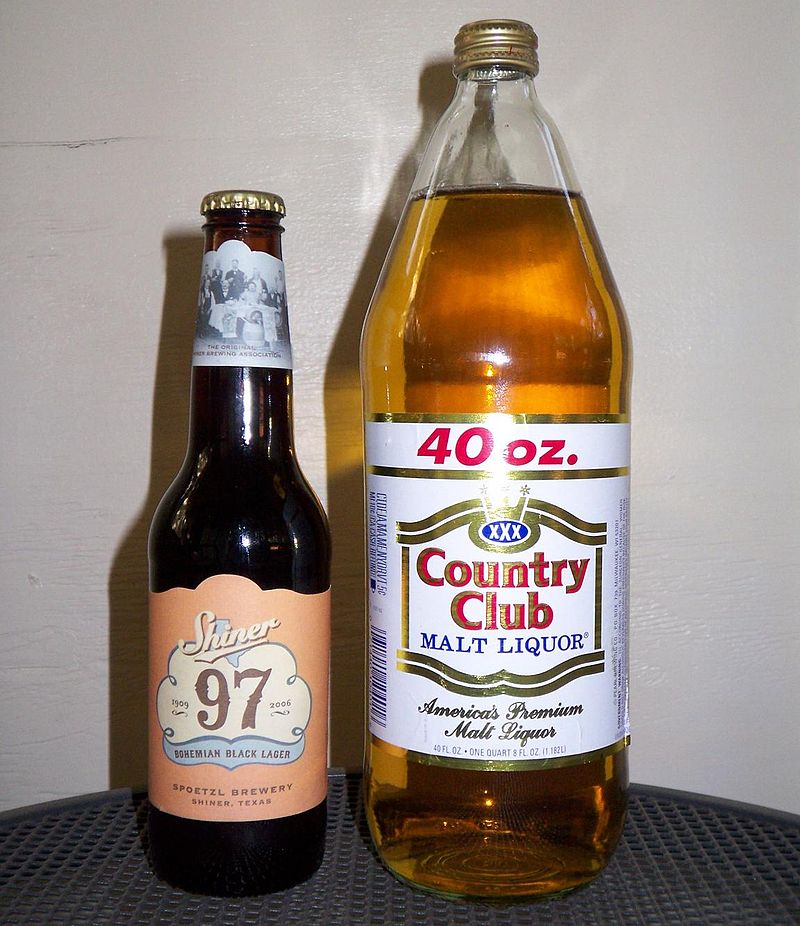Discover the very best Breweries in Galveston Texas: A Beer Fan's Overview
Discover the very best Breweries in Galveston Texas: A Beer Fan's Overview
Blog Article
Distillery Dynamics Introduced: a Journey Through the Scientific Research and Art of Spirits Production
As the curtains are drawn back on the detailed globe of distillery characteristics, an interesting realm emerges where science and art assemble to create the spirits we relish. The marital relationship of practice and development in spirits manufacturing introduces a tapestry woven with threads of workmanship and technical innovations.
The Chemistry of Purification
The chemistry of distillation, an essential process in the manufacturing of spirits, involves the separation of parts based on their various boiling points. This process relies upon the concept that each component in a liquid blend has an one-of-a-kind boiling point, permitting for their individual extraction. When warm is put on the mix, the element with the most affordable boiling point will certainly vaporize first, increasing with the still and ultimately condensing back right into liquid kind. This distilled liquid, called the "heart cut," consists of the preferred alcohol material and taste substances.
Throughout distillation, 3 major portions are acquired: the "heads," which include unstable substances and greater alcohols that can be damaging if eaten in large amounts; the "hearts," the prized portion with the desired ethanol and flavor account; and the "tails," which consist of heavier compounds and fusel alcohols. Knowledgeable distillers must thoroughly keep an eye on the temperature and flow prices to divide these portions efficiently, making sure a high-grade final product. The chemistry of purification is a delicate interplay of heat, evaporation, and condensation that transforms an easy liquid mixture right into a complex and fine-tuned spirit.
Artisanal Workmanship in Spirits Making
Among the world of spirits manufacturing, artisanal craftsmanship plays a crucial role in raising the top quality and character of distilled beverages (Galveston Liquor). Artisanal craft distillers concentrate on small, hands-on production methods, commonly using conventional strategies that have actually been given via generations. These committed artisans and women focus on top quality over quantity, paying careful interest to every action of the distillation procedure
Artisanal craftsmanship in spirits making includes a deep understanding of the raw materials used, such as fruits, botanicals, or grains, and how their characteristics influence the end product. From selecting the finest components to carefully monitoring fermentation, purification, and aging, craftsmens instill their spirits with interest and knowledge.
Additionally, artisanal craft distillers commonly welcome experimentation and advancement, pushing the limits of typical spirits production. They may present special flavor accounts by including in your area sourced active ingredients or making use of imaginative aging methods. This commitment to creativity and quality results in spirits that are not only of exceptional quality yet likewise showcase the creativity and individuality of the distiller.
Innovations in Aging Techniques

One popular innovation getting grip is making use of smaller sized barrels for maturing spirits. By boosting the surface area-to-volume ratio, smaller barrels pass on flavors much more swiftly, causing a much more intense maturation process. This technique is particularly prominent among craft distillers seeking to produce high-quality spirits in a shorter timeframe.
Furthermore, distillers are progressively turning to alternative timber types, such as cherry or acacia, to pass on distinct tastes to their aged spirits. These unique timbers provide a distinct taste profile, setting their items apart in an open market.
In addition, developments in innovation have actually enabled see it here distillers to check out accelerated maturing methods, such as ultrasound or temperature and pressure variations. These strategies enable accurate control over the aging process, causing ingenious flavor profiles that press the borders of conventional spirits manufacturing.

The Function of Yeast in Fermentation
A crucial part of the fermentation procedure in distilling is the function played by yeast. Yeast, a single-celled microorganism, is essential in converting sugars into alcohol and carbon dioxide during fermentation. In the context of distilling spirits, yeast plays an essential duty in the manufacturing of ethanol, which is the main alcohol in the majority of alcohols.
Yeast achieves this via the procedure of anaerobic respiration, where it metabolizes sugars such as glucose and fructose into ethanol and co2. Different stress of yeast can impart special tastes and aromas to the final spirit, adding to the complexity and character of the distilled item. Distillers meticulously choose yeast pressures based upon their desired flavor account and fermentation characteristics.
The fermentation process can last anywhere from a couple of days to a couple of weeks, depending upon variables such as yeast sugar, strain, and temperature level material. Monitoring and regulating the fermentation process are important to ensure optimum yeast task and alcohol production. Overall, yeast is a fundamental player in the alchemical improvement of raw active ingredients into the spirited look at this site potions enjoyed by consumers worldwide.
Sustainable Practices in Distilleries
Distilleries are increasingly acknowledging the significance of adopting environmentally friendly measures throughout the manufacturing process. Distilleries need considerable amounts of water for numerous stages of manufacturing, and applying water recycling systems or making use of rainwater harvesting strategies can substantially minimize water usage and lessen the distillery's overall ecological impact.
Moreover, sustainable power sources are gaining grip in the distilling world. Several distilleries are investing in renewable resource technologies such as photovoltaic panels or biomass boilers to reduce dependence on non-renewable energy resources and reduced greenhouse gas discharges. In addition, waste management practices play an important duty in sustainable distillery procedures. Distilleries are exploring ingenious methods to repurpose byproducts such as spent grains or distillation residues, transforming waste into resources via methods like animal feed manufacturing or composting. By accepting lasting practices, distilleries can not only lessen their ecological influence but likewise appeal to eco conscious consumers and add to an extra sustainable future for the sector.
Verdict
In conclusion, the detailed characteristics of distillery procedures entail a combination of clinical concepts and creative workmanship. From the chemistry of purification to the function of yeast in fermentation, distilleries are frequently experimenting and innovating to create top notch spirits. By including lasting methods and welcoming brand-new aging methods, distilleries are forming the future of the market. The combination of custom and technology in spirits production highlights the intricacy and creativity associated with this old craft.
As the curtains are attracted back on the detailed world of distillery dynamics, an interesting realm arises where scientific research and art assemble to develop the spirits we enjoy.The chemistry of distillation, a basic procedure in the manufacturing of spirits, entails the separation of parts based on their different boiling factors.Furthermore, artisanal craft distillers frequently welcome testing and innovation, pressing the borders of conventional spirits production. In the context of distilling spirits, yeast plays a crucial function in the production of ethanol, which is the key alcohol in a lot of alcoholic drinks.
From the chemistry of distillation to the function of yeast in fermentation, distilleries are continuously exploring and introducing to create high-grade spirits.
Report this page